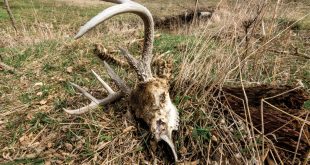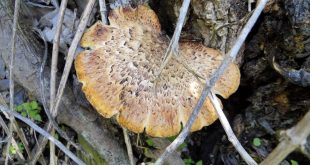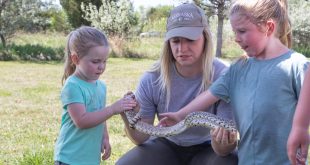Spring is a terrific time for birds and birding. Over the next few weeks, I will be highlighting five birding trips and experiences that all outdoor enthusiasts should consider attempting this year. Certainly there are hundreds more out there for the taking, but I’ll start slow. Now that we are in the latter days of winter, it is time to pencil in dates and make plans. I began with #1 and now #2 is up today and may occur at a reservoir near you in the near future.
#2: Gulls and eagles on ice
The brief period in late February or early March when Nebraska’s large water bodies are transitioning from ice to open water can provide exceptional viewing opportunities for large concentrations of Bald Eagles, waterfowl, and gulls. In general, this period when ice is changing to open water is when eagle numbers reach their annual peak in Nebraska. Thus, this period is often the best time to view large numbers across the state. Yes, there are excellent key spots to view eagles throughout the winter which Julie Geiser recently highlighted. However, eagles are much more widespread during what is essentially the first act of “spring” migration. Mild weather responsible for creating areas of open water ushers in the first wave of migrant birds which quickly concentrate at the new patches of habitat. Eagles often number in the dozens and occasionally in the hundreds at favored sites during the ice-to-water transition. It is also a great time to sift through gulls. More on that topic, below. The first wave of migrants will eagerly push north if given the opportunity. Thus, eagle and gull numbers drop off, and overall numbers and species diversity changes quickly, once the ice is gone. Looking at the weather forecast, this birding opportunity may occur very soon, so be ready!

Early on, open water habitat is scarce during this period and this concentrates birds. As water continues to open up, bird numbers increase quickly. Viewing is typically best when lakes have both extensive areas of ice and water because eagles and gulls sit on the ice where they can be easily viewed. Open water can also attract large numbers of waterfowl. The deeper water in reservoirs attracts a little different assemblage than what is typically found on the central Platte River and Rainwater Basin wetlands. Diving ducks which include Common Goldeneye, Common Merganser, Redhead, Canvasback, Lesser Scaup, among others, are all common. I’ll stress once again, one has to be a bit nimble in making this essential trip when the time is right. Fortunately, large reservoirs are scattered across the state and a good locale is not too far away.

The thrill of watching Bald Eagles is straightforward. To some, the idea of getting excited about gulls may seem puzzling. Gulls do not get much respect and pejorative terms such as “rats-with-wings” are, unfortunately, prevalent. Such negativity is unwarranted and gull-watching or “gulling” is one of my favorite birding experiences. Gulling can be exciting during the first act of spring migration because it is often easy to record more than a half dozen species in a day and the likelihood for finding rarities is high. Gulls also challenge one’s identification skills. Gulls can be tricky to identify because species are similar and it takes several, usually three to four, years for them to acquire adult plumage. Each sub-adult age class can have a distinct plumage. An individual gull’s plumage can be variable. Finally, gulls regularly hybridize. There’s lots of fun to be had.
- When: Late February/early March. This year, a big warm up is predicted statewide this weekend and through next week. The action may begin very soon.
- Where: Any of the state’s large lakes and reservoirs, but those with some ice may provide better viewing opportunities.
- What not to miss: Enjoy the eagles, but also take time to view and appreciate the waterfowl and gulls.
- Tip #1: A spotting scope is always a good idea if you have access to one.
- Tip #2: If you take a crack at gull identification, start simple and do not expect to be able to identify all birds to species.
- Tip #3: Bird numbers can change dramatically during early spring, so possibly make more than one trip.

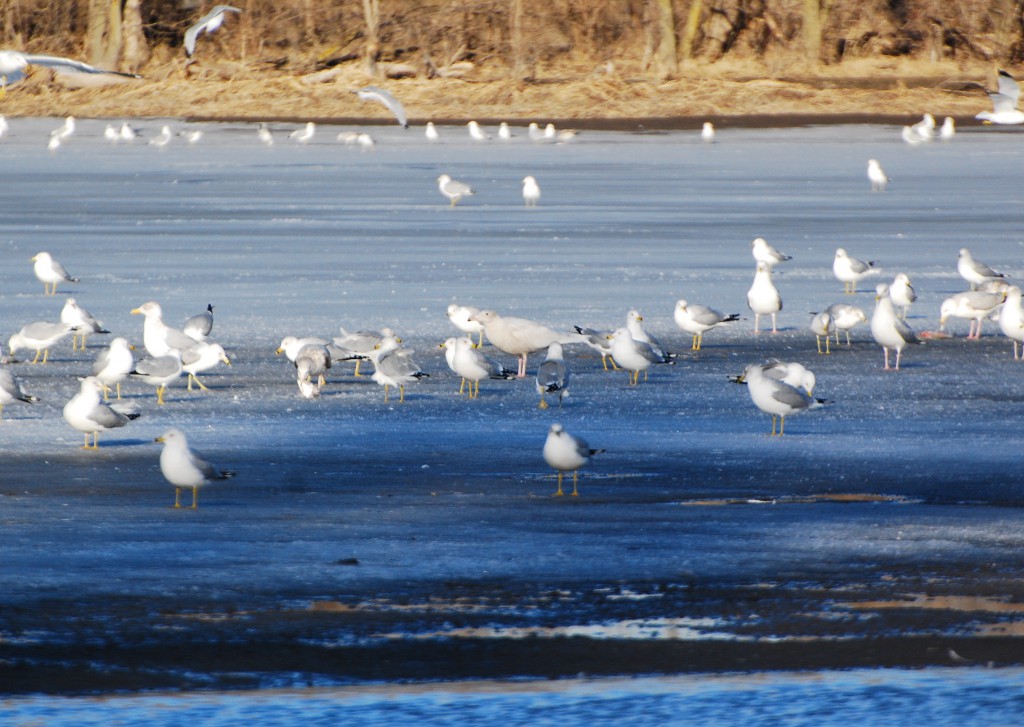

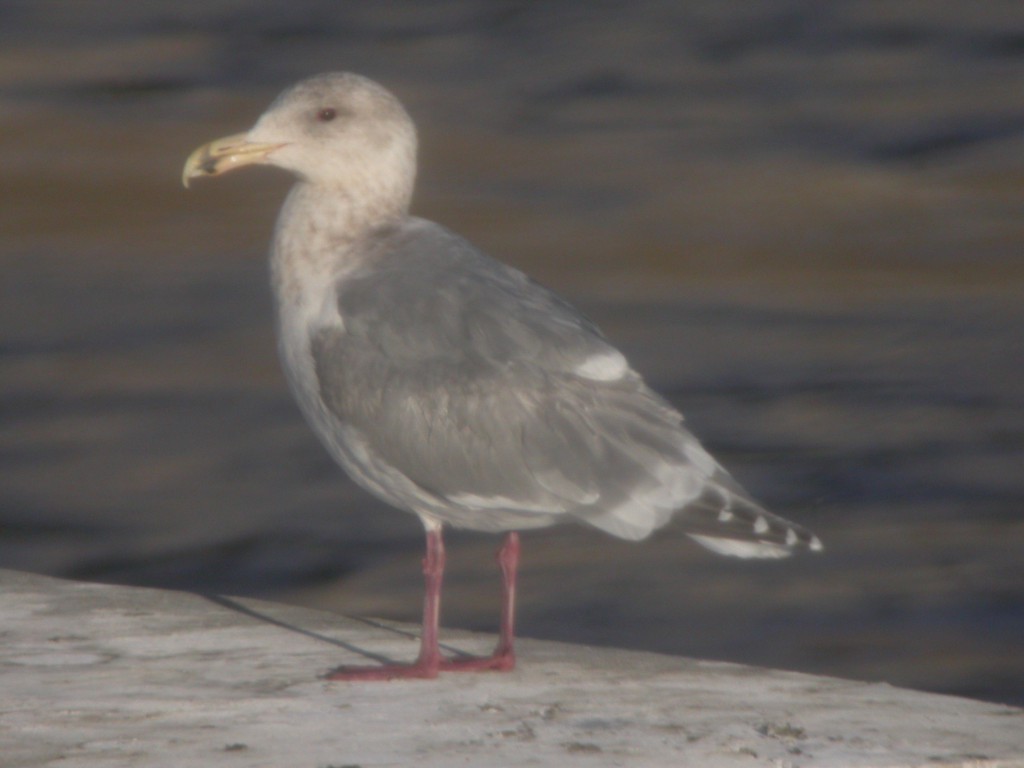

So again, get out there and enjoy the first representatives of spring migration. A trip to a reservoir is a nice complement to essential spring birding trip #1.
 Nebraskaland Magazine
Nebraskaland Magazine

